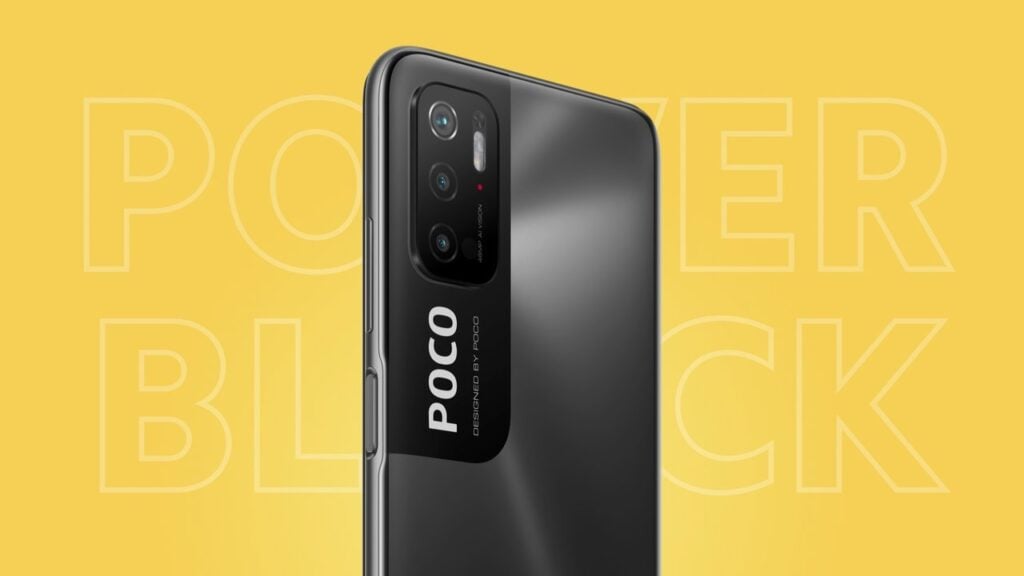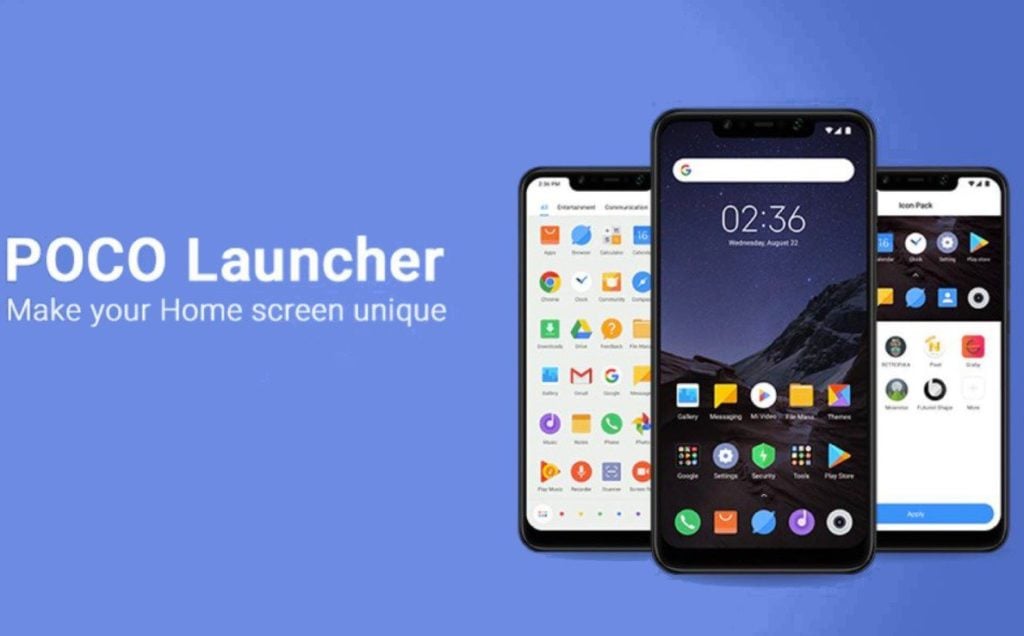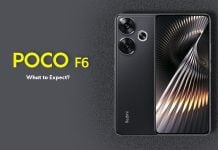Poco is easily one of the fastest-growing smartphone ‘sub brands’ around and has seen huge success since its very first device itself that launched back in 2018 – the Poco F1. Fast forward to three years later and the brand has gone independent from Xiaomi and is seeking to expand into other products, starting with ecosystem products.
Poco ecosystem products
In an interview with Android Authority, Poco revealed that it’s expanding into ecosystem products in 2022. This doesn’t come as a surprise though considering almost every smartphone brand now has its own ecosystem of sorts. It, after all, allows for a more seamless experience while also building brand loyalty.

“We always think smartphone plus IoT is a key strategy for us,” Poco Global head Kevin Qiu said.
Poco’s head of product marketing, Angus Ng added saying that while “nothing is actually off-limits,” it’s starting small at first. “Coming out with ecosystem products, I think we still need to stay close to our brand philosophy and product philosophy. So we need to somehow play it more on the safer end, to begin with (sic).”
This suggests that audio products, followed by wearables and power banks could be the first products towards building a Poco ecosystem.
An ecosystem typically includes tablets as well. This market is something that Poco isn’t planning on entering anytime soon though considering high competition:
“On the tablet side, yeah tablets have been huge in the industry in the last year and a half because of the pandemic. But it’s because it’s been huge and kinda crowded, (that) it’s even harder for us to enter from that perspective.”
Poco software
Moving on to what Poco does best – smartphones – the company’s next offering will likely be the Poco M4 Pro. The device has been touted as being a rebranded Redmi Note 11 by many. Poco is known for simply slapping their own logo atop devices that were originally Xiaomi and reselling them, but that is said to change now.
The company is looking to further differentiate itself from Xiaomi and Redmi in terms of software. Sure, you do get a Poco launcher, but that has mostly been it. Qiu now says that further customizations and aesthetics for the software to bring it more in line with Poco’s hardware designs are being considered.

And as for the dilemma of software updates, Qiu had the following to say:
“As of right now we’re actually still discussing and talking to the MIUI team about being a part of that plan. As of right now, I can’t confirm anything about three plus four [three years of OS updates and 4 years of security patches – ed], we’re still staying with two plus three right now for all of our devices.”
Poco Snapdragon 888 phones
Last but not least was the question of why Poco chose to stick to Snapdragon 870 and has not released any device with the latest Snapdragon 888 chip:
“After internal testing with a lot of our R&D and product managers, we found out that (the Snapdragon) 865 from last year was an amazing chipset. In terms of performance, stability, and cooling in general. And 870 was able to keep all of those great attributes and become even better. When some of the first flagship Android devices pushed out 888, the major concern was overheating and power consumption.”
RELATED:
- Redmi Note 11 Pro, Pro+ India launch could be nearing, Note 11 could be a POCO device
- POCO M4 Pro 5G smartphone all set to launch on November 9
- POCO F2 Pro starts receiving MIUI 12.5 Enhanced Edition update
- POCO M3 Pro 5G is the first POCO device to get Android Enterprise Recommended certification
- POCO M4 Pro 5G passes certification process; expected to get launched soon







